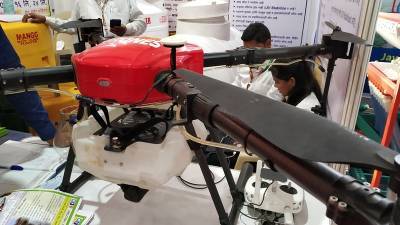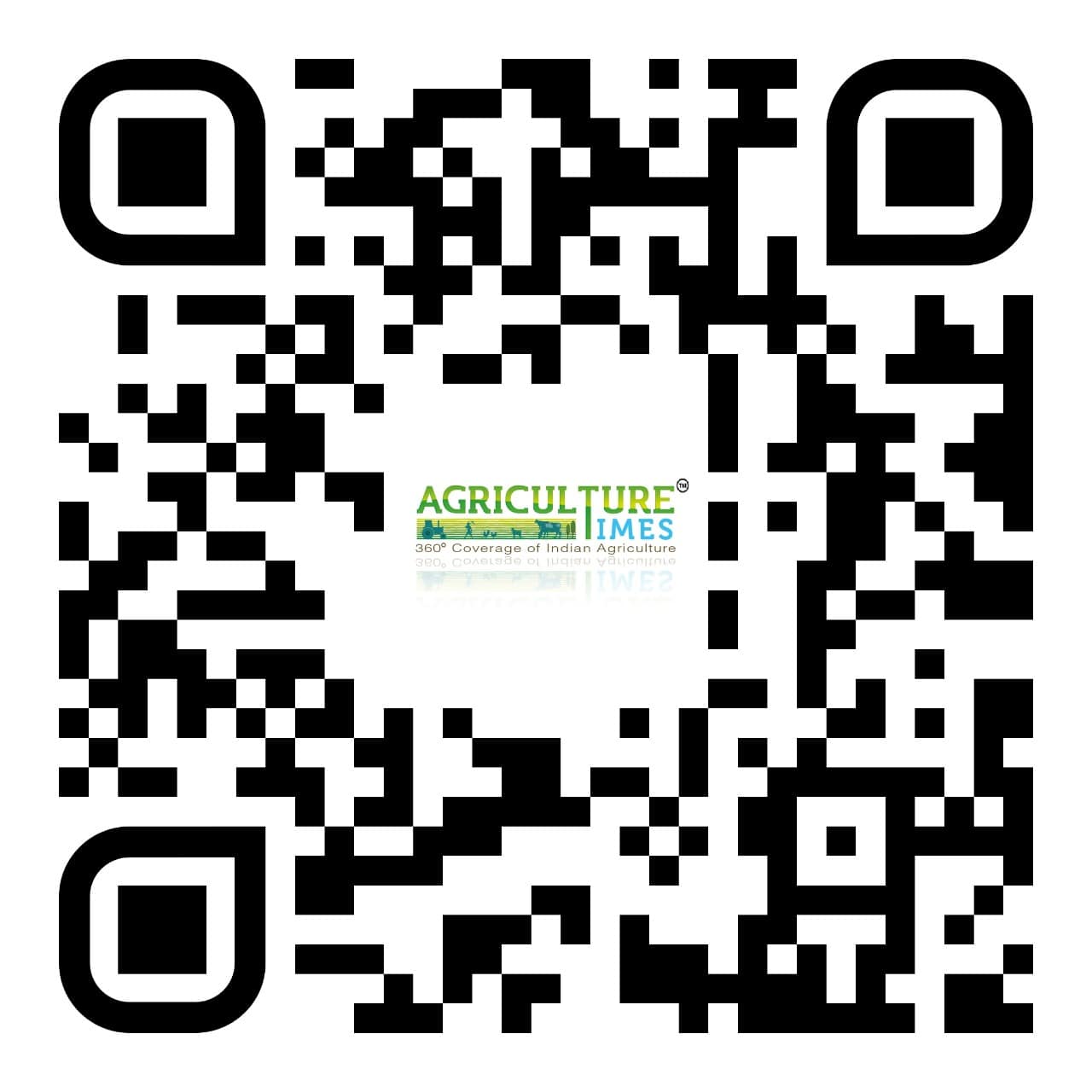MUMBAI, 18 March 2024: India’s agricultural sector is on the brink of a technological revolution, with drones leading the charge. This extensive report explores the burgeoning agri-drone space in India, examining its current state, the challenges it faces, and the potential it holds for transforming agriculture in the country.
The Current Landscape The Indian agri-drone market is experiencing rapid growth, driven by the need for increased agricultural efficiency and productivity. With over 220 drone startups1, the sector has seen a 34.4% increase in the number of companies between August 2021 and February 2022. Drones are becoming an integral part of the farming process, offering solutions for precision agriculture, crop monitoring, and input management.
Government Initiatives Recognizing the potential of drones in agriculture, the Indian government has introduced several initiatives to promote their use. The Union Budget 2022 highlighted the promotion of ‘Kisan Drones’ for crop assessment, digitization of land records, and spraying of insecticides and nutrients. Additionally, financial assistance and subsidies are being provided to encourage farmers to adopt drone technology.
Case Studies and Impact One notable example is the project undertaken by Throttle Aerospace Systems in Kerala’s Kuttanad region, where drones were used to analyze paddy fields below sea level. The drones provided near-infrared images that helped farmers optimize plant inputs and estimate crop yields more accurately. Such case studies demonstrate the tangible benefits drones can bring to Indian agriculture.
Challenges and Solutions Despite the promise, the agri-drone space in India faces challenges such as regulatory hurdles, high costs, and a lack of technical expertise among farmers. To address these issues, the government has relaxed drone policies, and companies are working on making drones more affordable and user-friendly.
Future Prospects The future of agri-drones in India looks bright, with the market expected to grow significantly. Innovations in drone technology, such as AI, ML, and GPS sensors, are set to enhance their capabilities further. The focus is now on training and empowering farmers to leverage this technology for sustainable and profitable farming practices.
Conclusion Drones are set to revolutionize Indian agriculture, offering solutions that save time, reduce costs, and increase yields. With supportive government policies and ongoing technological advancements, the agri-drone space in India is poised for substantial growth, promising a new era of efficiency and productivity for Indian farmers.
Some of the most popular agri-drone models
DJI Agras MG-1: This drone is known for its powerful propulsion system, capable of carrying liquid payloads up to 10 kg. It covers an area of 4,000-6,000 square meters in just 10 minutes, which is significantly faster than manual spraying.
Parrot Bluegrass: With a 25-minute flight time and a 2-kilometer range, this drone is equipped with a 1.2-megapixel camera and is suitable for various mapping needs. Its compact size ensures ease of handling.
DJI Phantom 4 RTK: This model is designed for mapping and surveying, offering precise data collection for agricultural purposes.
Agribot Drone: Recognized as India’s first DGCA Type Certified Agriculture Drone, the Agribot is known for its precision in spraying pesticides and fertilizers and can cover up to 25-30 acres per day.
These models represent the cutting-edge technology being adopted in Indian agriculture, helping to increase productivity and sustainability in farming practices.
Challenges faced by farmers in adopting agri-drones
Cost: The initial investment for agricultural drones with advanced features and sensors can be high. This cost is often proportional to the drone’s payload and flight duration capacities.
Connectivity: Many farmers in rural areas have limited access to the internet, which is necessary for operating drones and processing the data they collect.
Regulatory barriers: There are operational policies and regulations that can limit the use of drones. Farmers need to navigate these to legally use drones for agricultural purposes.
Technical training: There is a lack of knowledge and training among farmers to operate drones effectively and to interpret the data they provide.
Fear of job loss: Some farmers worry that the adoption of drone technology might reduce the need for human labor, affecting their livelihoods.
Efforts are being made to overcome these challenges, such as government subsidies, policy reforms, and educational programs to train farmers in drone technology. These initiatives aim to create a favorable ecosystem for the use of drones in agriculture, making them more accessible and beneficial for farmers.
How can drone help farmers save time and money?
Drones offer a multitude of benefits to farmers, significantly aiding in time and cost savings.
Efficient monitoring: Drones can quickly survey vast tracts of land, allowing farmers to monitor crops in real-time. This is much faster than traditional methods of walking or driving through fields1.
Precise data collection: They provide accurate data on crop health, soil conditions, and more, which can help in making informed decisions that prevent wastage of resources2.
Targeted application: Drones can apply pesticides, herbicides, and fertilizers in a targeted manner, reducing the amount of chemicals used and minimizing environmental impact3.
Reduced labor costs: By automating tasks like spraying and monitoring, drones can reduce the need for manual labor, leading to cost savings4.
Smart farming: With the help of drones, farmers can practice precision agriculture, applying inputs only where needed, thus optimizing resource use and increasing yields5.
In essence, drones are transforming agriculture into a more efficient, cost-effective, and environmentally friendly industry.
Sources: AgriTimes.co.in, forbesindia.com, dronelife.com, financialexpress.com, csd.columbia.edu,























